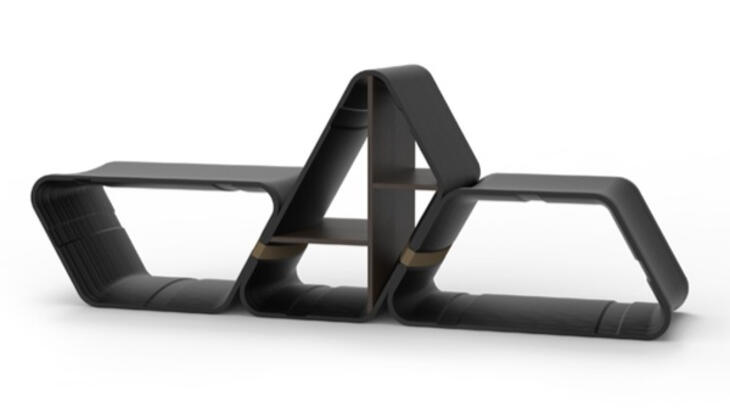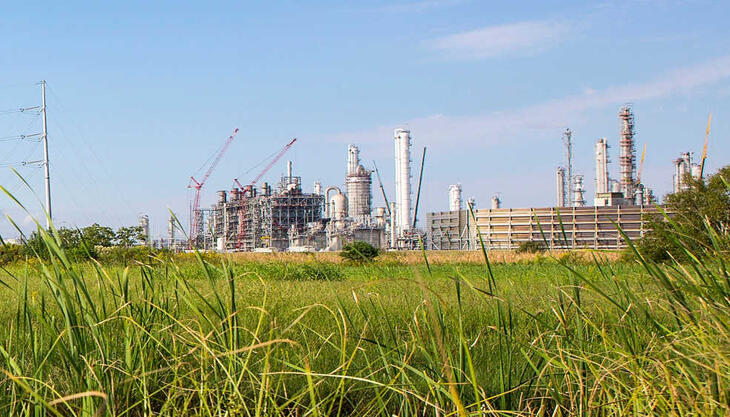Unforgettable
For the 50th anniversary of Assocomaplast, one of the first names on the list of the guests of honour was Giovanni Baucia. He is no longer with us; he died at the end of January at the age of 97 years old. I saw him for the last time at the beginning of October 2010, he was friendly and smiling like he always was, greeting many of the speakers, including other senior pioneers of the Italian plastics and rubber industry: Giuseppe Triulzi, Gianfranco Dolci, Sergio Anceschi, Luigi Macchi and more.
To remember him without rhetoric and to avoid errors, I am using a series of notes that engineer Baucia gave me many years ago and that I kept, as I did with other documents, with the utmost respect.
Giovanni Baucia's constant presence in our sector began in January 1953, when he was hired by Vere, the resin sales department of Montecatini, and continued to grow until 1978 when he retired from Snia. He then, however, continued to work until the early 2000s as a recognised journalist and editor of articles on the Italian machinery and materials industry, for magazines such as Plastverarbeiter, Materie Plastiche and Elastomeri among others.
Fifty years of active presence and passion. I would like to remember his earlier milestones.
In 1953, as director of the communication and fair office at Montecatini and working alongside Enzo Biagi - the famous Italian journalist who at the time was the head director of public relations - he coordinated company’s attendance at the Fiera Campionaria in Milan that year. At the fair, in Montecatini’s huge stand, a house was exhibited, constructed with ample use of plastic, located by the side of a small artificial lake created with PVC waterproofing sheets, where the first plastic boats were floating…
In 1955, Nobel Prize winner Giulio Natta gave the first kilograms of isotactic polypropylene to Montecatini, and Giovanni Baucia, with the technical support from his colleague Paolo Crocella, moulded some bowls through the company Giganplast from Milan, using the injection moulding machinery supplied by Fimsai. Natta examined the samples in the Polytechnic's laboratory and authorized the wide scale use of the new plastic material, launching Moplen's great world adventure.
At the end of 1958, Baucia was called by
Marco Giani - partner with Pietro Negri and Walter Bossi in the company Negri
Bossi & C. - to take on the position of sales director for this major
Italian injection machinery company, which was at the time based in a small workshop
and a few apartments in via Bazzini in Milan, in the vicinity of the
Polytechnic. The company’s turnover grew significantly, especially thanks to
Baucia's commitment to increasing the volume of machinery sold abroad
including, at the end of the 1950s, a line of blow moulding machinery, part of
the production program from Negri Bossi & C.
In the early 1960s, Giovanni Baucia began working with Snia Viscosa, who had just launched the production of nylon for plastic, taking advantage of the excess production of nylon by the textile industry. In a decade of work at Snia Viscosa, the engineer contributed to developing the sales of pure and modified polyamide, for technical uses, for cast and bi-oriented film and so on, reaching a production of over 30,000 tons per year.
This development was possible also thanks to the support in terms of customer technical assistance provided by the Snia Viscosa laboratories in Ceriano Laghetto (Monza Brianza), under the technical supervision of Gianfranco Piacentini, but also thanks to collaboration with blow moulding machinery manufacturers, including Comec from Calenzano (near Florence) where the owner, Erberto Handa, started the first tests for the production of polyamide bottles.
The anecdotes and facts involving Giovanni may be rather long and articulate, so this is all. I hope to have given a demonstration, though brief, of what we can share about Giovanni Baucia with our readers, who one day might want to explore the history of the Italian plastics industry.
Rest in peace, may your memory be unforgettable!
Claudio Celata


















